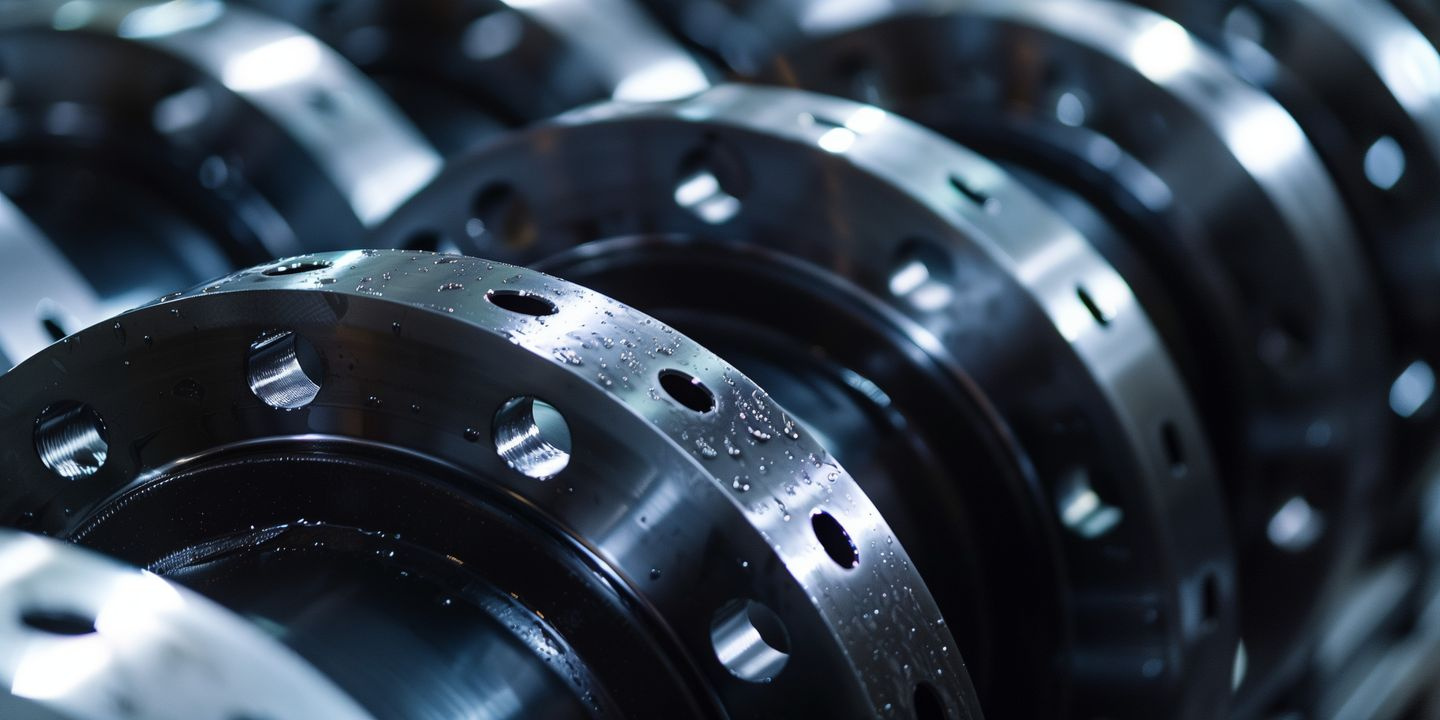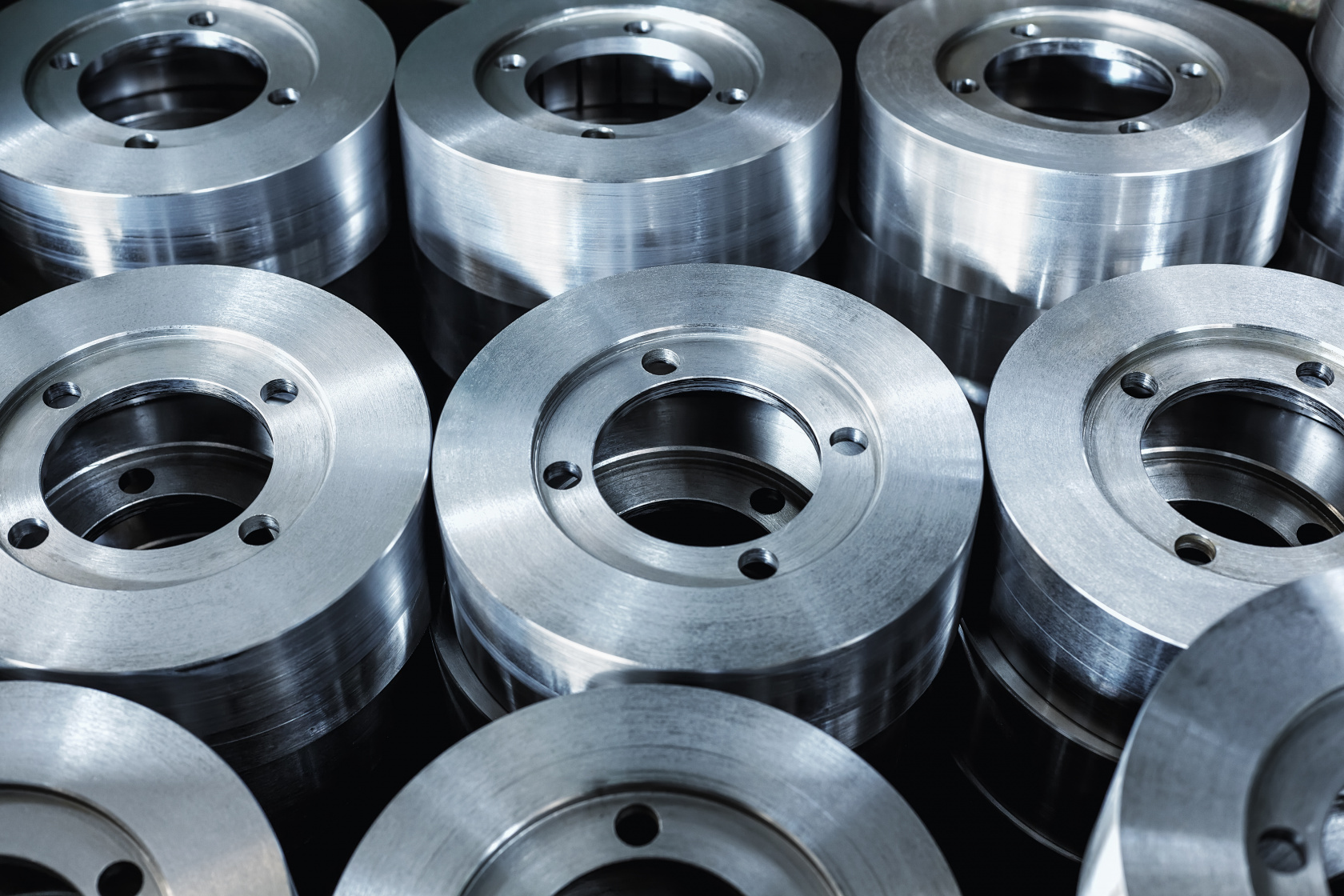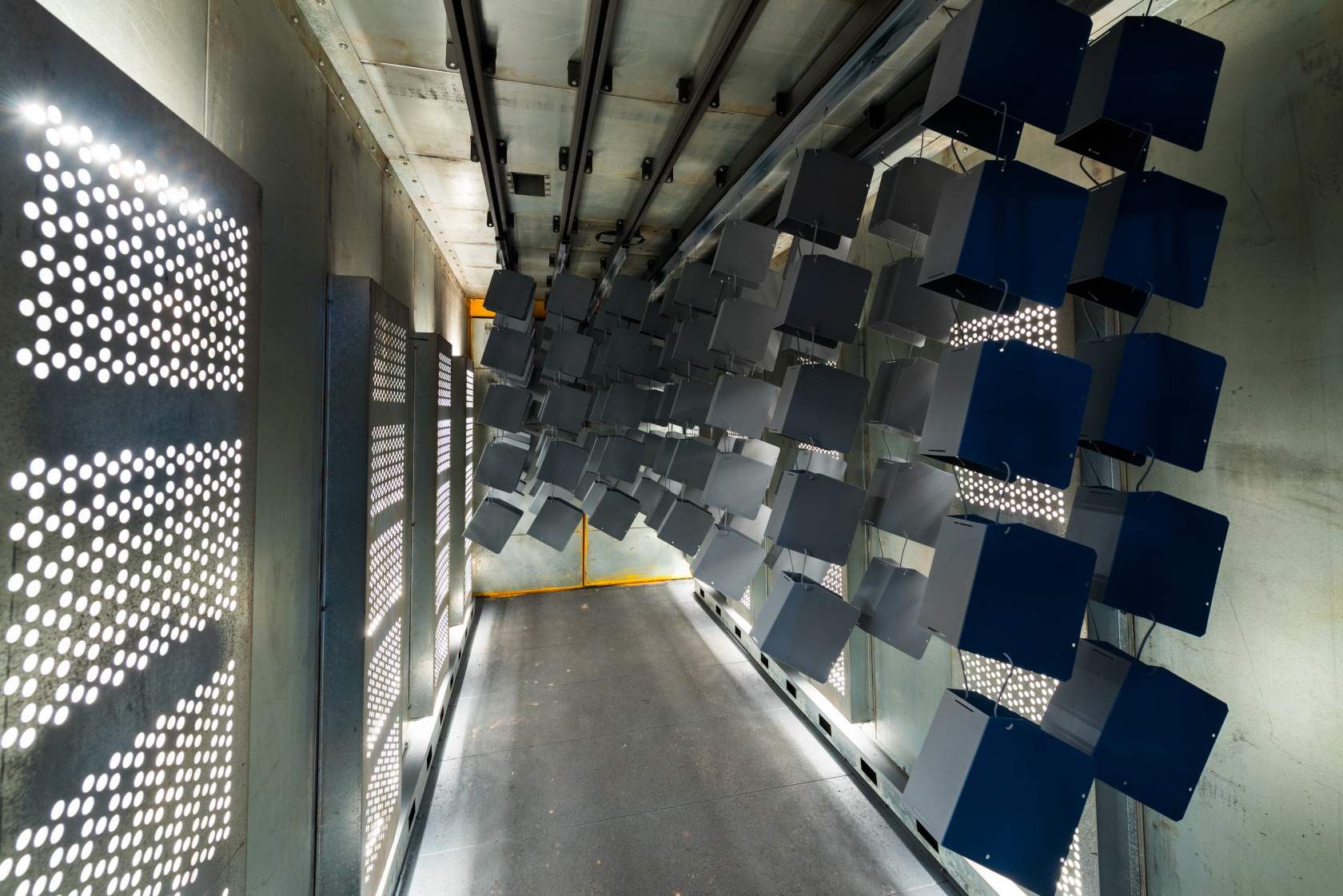Heat Treatment
Key Technology for Resistant Materials
Heat treatment is a critical process that includes thermal and thermochemical procedures. It plays a central role in many areas of our daily lives. Whether in mobility, environmental technology, healthcare, safety, or communication – heat-treated materials are present everywhere. Examples include wheel sets and body components in cars and motorcycles, aluminum frames for windows, tools, and components of wind turbines.
Through heat treatment, the components are optimized in terms of their resistance and wear resistance. Both the entire microstructure of the material and the surface structure can be specifically influenced.
Modern heat treatment facilities employ various processes, which are divided into three main groups:
Annealing
Hardening (including through-hardening and surface hardening)
Tempering, bainitizing, and pearlitizing
Heat treatment contributes about 20 percent to the value-added share in the metalworking industry, which corresponds to around 10 billion euros in Germany. The industry mainly consists of small and medium-sized enterprises with 30 to 65 employees. These are usually contract hardening shops or in-house hardening shops.

Heat Treatment in Modern Hardening Shops
Optimizing Metallic Materials
Hardening shops are highly specialized facilities that focus on the heat treatment of metallic materials, particularly steels. These facilities are usually either contract hardening shops, which provide heat treatments as external service companies for manufacturing businesses, or in-house hardening shops within a larger production facility that carry out the necessary treatment of the workpieces.
The main goal of both types of hardening shops is the targeted optimization of the mechanical properties of metal parts such as hardness, tensile strength, toughness, magnetism, and corrosion resistance through various heat treatment processes. Important influencing factors include heating and holding times, temperature, atmosphere, and cooling. A uniform heating time minimizes warping, while the holding time in a specific temperature range allows for desired microstructure changes.
Suitable atmospheres prevent discoloration and scaling by replacing oxygen with neutral gases or creating a vacuum. Controlled cooling alters the microstructure to produce martensite. There is a distinction between processes that cause extensive microstructure transformation (e.g., annealing, hardening) and those that only affect the surface (e.g., diffusion and coating processes).
To achieve the desired properties, expertise and experience are essential. Contract hardening shops and in-house hardening shops act as specialists in heat treatment. They are an essential link in the manufacturing chain, from the blank to the final product.

Powder Coating
A Modern Process for Surface Finishing
Powder coating and galvanization are innovative processes for the surface finishing of metal parts. A fine powder made from plastics or other materials is electrostatically applied to the surface of the workpiece. After application, the workpiece is placed in an oven, where the powder melts at high temperatures (160 to 200 degrees Celsius) and forms a homogeneous, durable layer.
Powder coating offers numerous advantages, including high resistance to scratches, chemicals, and UV radiation. Additionally, it is more environmentally friendly than traditional painting methods, as it does not release volatile organic compounds (VOCs). Due to these properties, powder coating is widely used in the automotive industry, mechanical engineering, and furniture manufacturing.

AMS: Software Partner for the Industry Sector
The order management system AMS was developed by TTC Informatik GmbH in collaboration with experts from contract hardening shops. It offers a tailored solution for heat treatment facilities, as well as for related areas such as powder coating.
The specialized ERP software uniquely connects the typically independently operating administrative-logistical area with the plant and control technology (TAM).
Discover the benefits of AMS for heat treatment and powder coating – for efficient and high-quality production.
